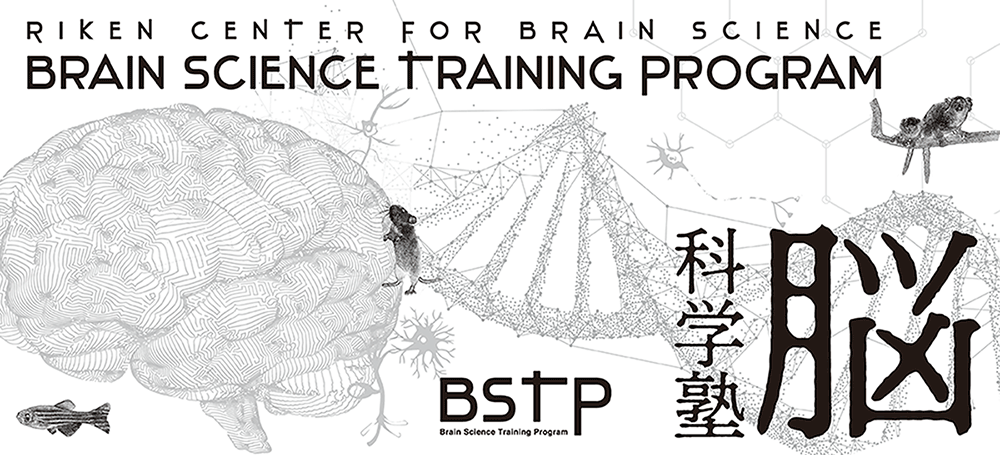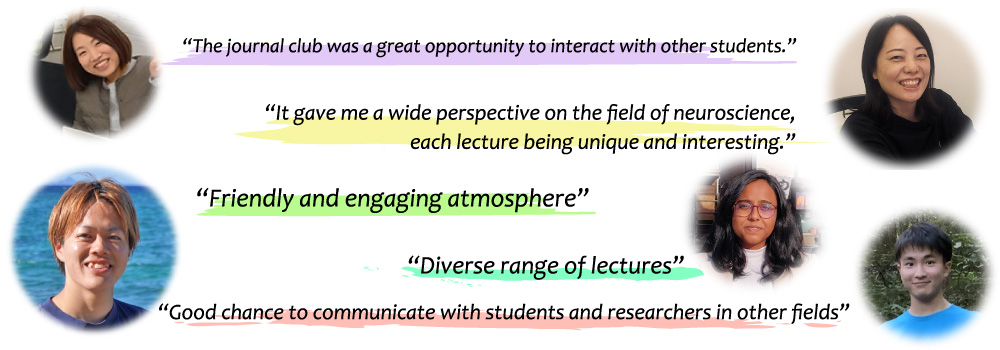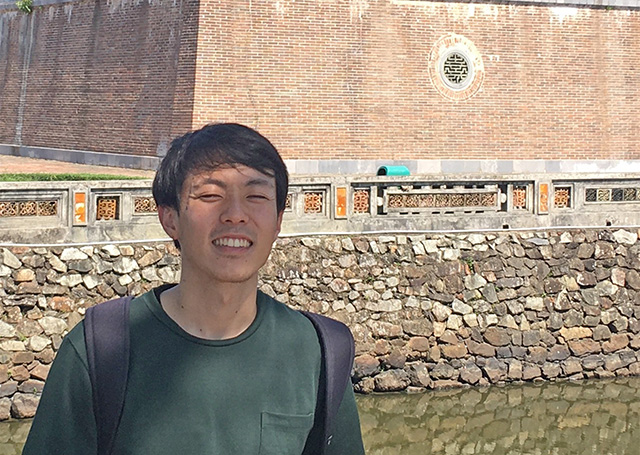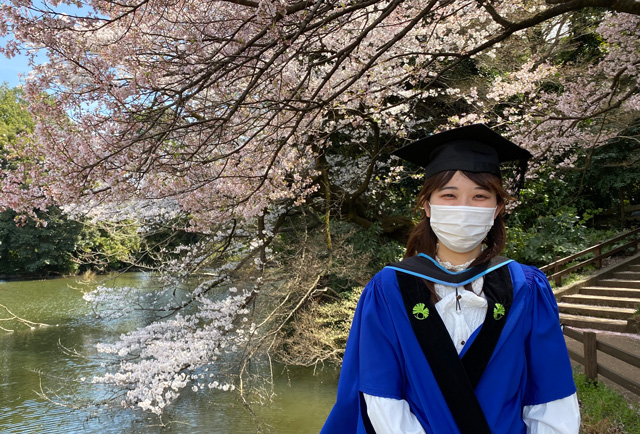

Let’s take a closer look at BSTP 2021–2022!
BSTP starts in the fall and provides lectures on a broad range of areas in Neuroscience throughout the spring of next year. More than 200 students have participated since its opening in 2010.
We welcome aspiring graduate and undergraduate students!

My experience at BSTP 2021–2022
“Theoretical models and analyses” Lectured by Taro Toyoizumi,
Ryutaro Mori, Master’s student, Tokyo University

“All models are wrong, but some are useful.” Dr. Toyoizumi began his lecture with a well-known quote from the distinguished statistician, George Box. After briefly introducing three different models of single neuron activation—the Hodgkin-Huxley model, the integrate-and-fire neuron model, and the Poisson model—he emphasized the fact that all models have a different focus on neuronal activity and that multiple models can sometimes be smoothly interpolated. He then went on to discuss some of his recent work, ranging from brain network modeling to a Bayesian account of the sense of agency. What most piqued my interest was his neural-based refinement of the economic decision theory. I was lucky enough to get the chance to ask him about a situation in which application of the suggested model may be difficult. So far, the #BTSP program has been an amazing opportunity for me as I am able to ask questions after each lecture, learn basic knowledge in areas outside of my specialization in social psychology, and spend time with other students and have debates about interesting research papers.”
What did you learn?
“Learning and memory” Lectured by Thomas McHugh
Shota Shimoda, Tsukuba University

“It’s never too late to learn new things. I am a third-year Ph.D. student majoring in psychology. Since joining this year’s #BSTP, I have acquired new knowledge on #neuroscience that I was not familiar with before. Each lecturer shares research questions with us and explains how world-leading neuroscientists are answering these questions. In the lecture, @ikebukuro_tomu, a neuroscientist who focuses on hippocampus physiology, introduced a key question about learning and memory that has been debated for many years: is synaptic plasticity itself the mechanism underlying memory formation and retrieval?
Back in 2000, Martin and Morris (https://doi.org/10.1146/annurev.neuro.23.1.649…) speculated that activity-dependent synaptic changes must occur during memory formation. Recently developed technologies such as neural manipulation, neural recording, and tagging engram cells have verified their hypothesis and are being used to further untangle the cellular basis of learning and memory. Dr McHugh also shared the idea that, in addition to learning and memory, the #hippocampus is also involved in the representation of space, time, social and non-spatial sequences.
The BSTP lectures are providing me with the chance to learn about topics in every field of neuroscience. I am also impressed by the program’s motto that “the door ought to be equally open to anyone who wants to know the science!”
What did you learn?
“Glia: The other half of our brain” Lectured by Jun Nagai
Yuri Osuga @Yu90258354, Tokyo University

“I wanted to participate in the BSTP program because I aspire to become a researcher who can properly understand the complex mechanisms of the brain and communicate its fascination.
In Dr. Nagai's @JunNagaiLab lecture, we first learned about the history of research on neurons and glial cells, which make up most of the nervous system. Neurons, whose electrical activity is dynamic, have been studied extensively using physiological techniques. In contrast, the role of glial cells has been difficult to elucidate using the same techniques because of their small electrical changes.
The recent development of fluorescent proteins and advent of highly sensitive microscopes has now made it possible to measure the intracellular activity of glial cells and revealed the many roles they play, such as in memory formation and emotion regulation. However, there are still many aspects that we do not understand, and I am keen to contribute to this area of research.
This lecture helped me familiarize myself with the cutting-edge research methods used to study glial cells and gave me a scope for how neuroscience will develop in the future. The intensive discussions also not only helped further my knowledge but enhanced my motivation for my own research.”
Check our Twitter to find out more! #BSTP



